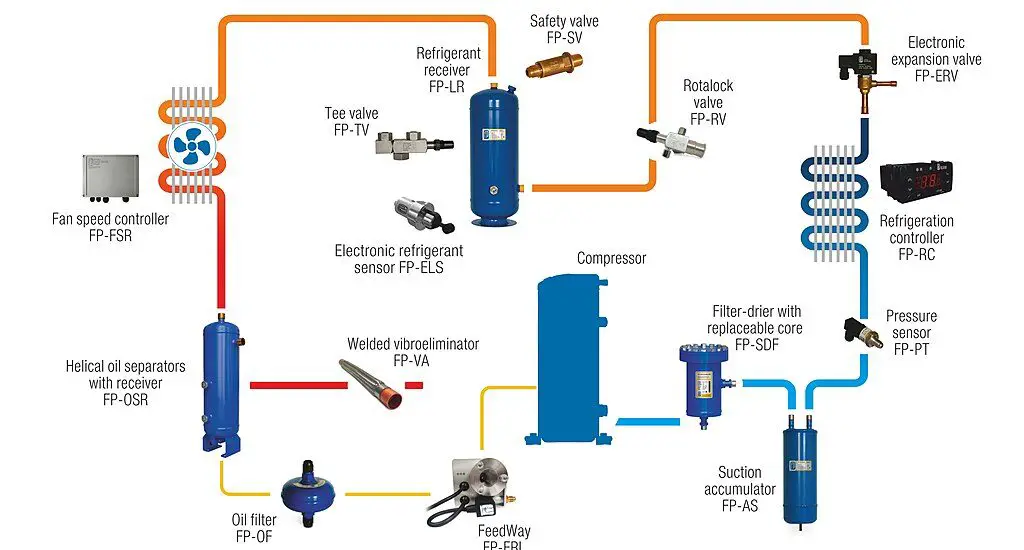In this guide, we will provide a detailed walkthrough to help you comprehend, identify, and mitigate TXV hunting with relative ease.

Table of Contents
What is TXV Hunting?
At the core of your refrigeration and air conditioning systems is the Thermostatic Expansion Valve (TXV), a device designed to control the flow of refrigerant into the evaporator.
TXV hunting, synonymous with superheat hunting, is a condition characterized by frequent and irregular oscillations in superheat levels due to the unstable operation of the TXV.
These fluctuations can lead to inefficient system operation, causing varying temperature levels, and ultimately hampering the comfort and the efficiency of your cooling systems.
Understanding the nitty-gritty of TXV hunting can potentially save you from skyrocketing energy bills and undesired system downtimes.
The Causes of TXV Hunting
To prevent TXV hunting effectively, one must be familiar with its underlying causes. The phenomenon primarily stems from the following issues:
Improper valve sizing: The size of the TXV is vital in maintaining the stability of your system. An incorrectly sized valve can lead to hunting, wherein a too-large valve might over-control the system, and a too-small one could result in under-controlling, affecting the stability.
System contamination: Contaminants such as dirt, debris, and moisture can disrupt the TXV’s functioning, fostering an environment where TXV hunting can thrive. It is essential to ensure the system remains clean to foster smooth operation.
Fluctuating load conditions: TXV superheat hunting can be induced by sudden and substantial changes in the system’s load. This refers to variations in the conditions the system operates; for instance, sudden weather changes or alterations in the room’s occupancy.
How to Identify TXV Hunting
Identifying TXV hunting at an early stage can be a savior for your system’s efficiency and longevity. Keep an eagle eye on the following indicators:
Suction pressure fluctuations: Regularly monitor the suction pressure. Any inconsistent and frequent changes can be a sign of TXV hunting.
Superheat variations: Drastic variations in superheat levels should be a red flag, indicating the onset of TXV superheat hunting. It is advisable to keep track of these levels to ensure system stability.
Temperature inconsistencies: If you notice irregular temperature patterns and fluctuations, it might be a result of TXV superheat hunting affecting the performance of your system.
Check out these other articles…
When is a TXV Valve Needed: Comprehensive 411 Guide
Function of Thermostatic Expansion Valve in Refrigeration System
TXV vs Piston: Which Metering Device Should You Choose?
Externally Equalized TXV: Your Ultimate Guide
Checking Superheat: The Definitive Step-by-Step Guide
Preventing TXV Hunting
Preventing TXV superheat hunting is a concerted effort involving regular maintenance and vigilance. Here’s how you can avert TXV hunting:
Regular maintenance: Scheduled cleaning and checking of the system can nip the issue of contamination in the bud, preventing the onset of superheat hunting.
Correct valve sizing: Consulting with a professional to ensure the installation of a correctly sized TXV can be a game-changer in averting TXV hunting.
Stable operating conditions: Try to maintain stable operating conditions to prevent fluctuations in the load, which can induce superheat hunting. This could mean not overcrowding a cooled space or avoiding the rapid changing of system settings.